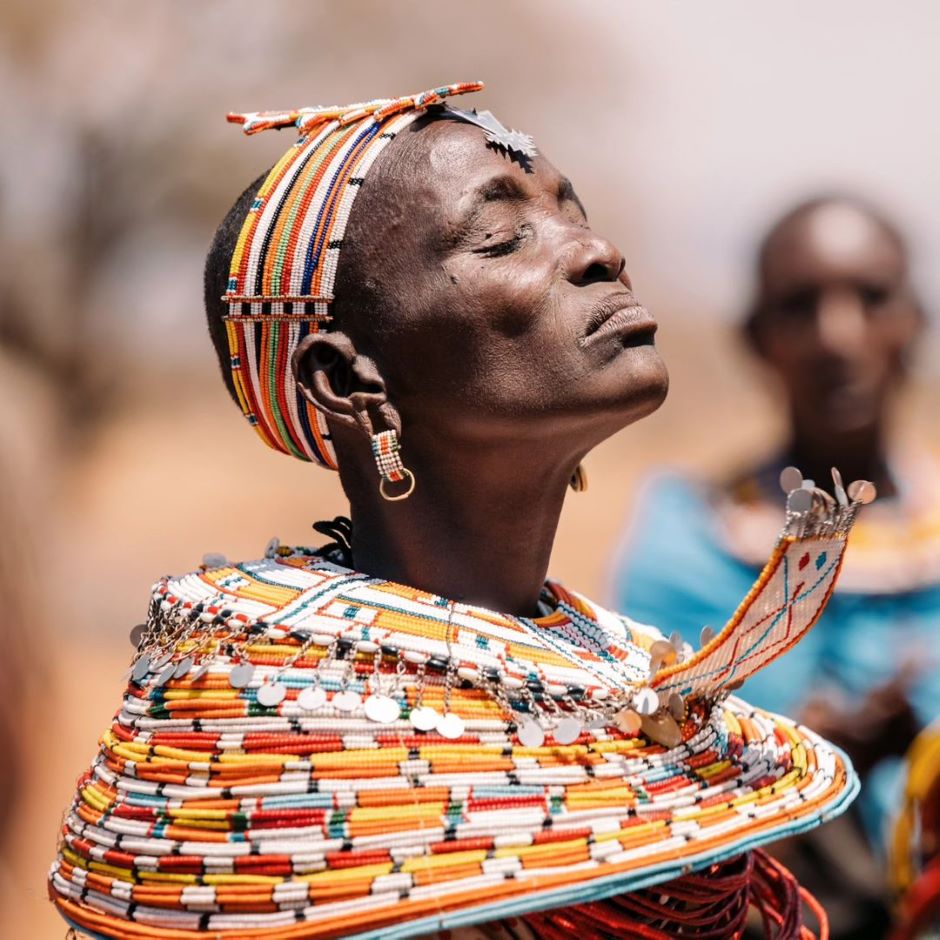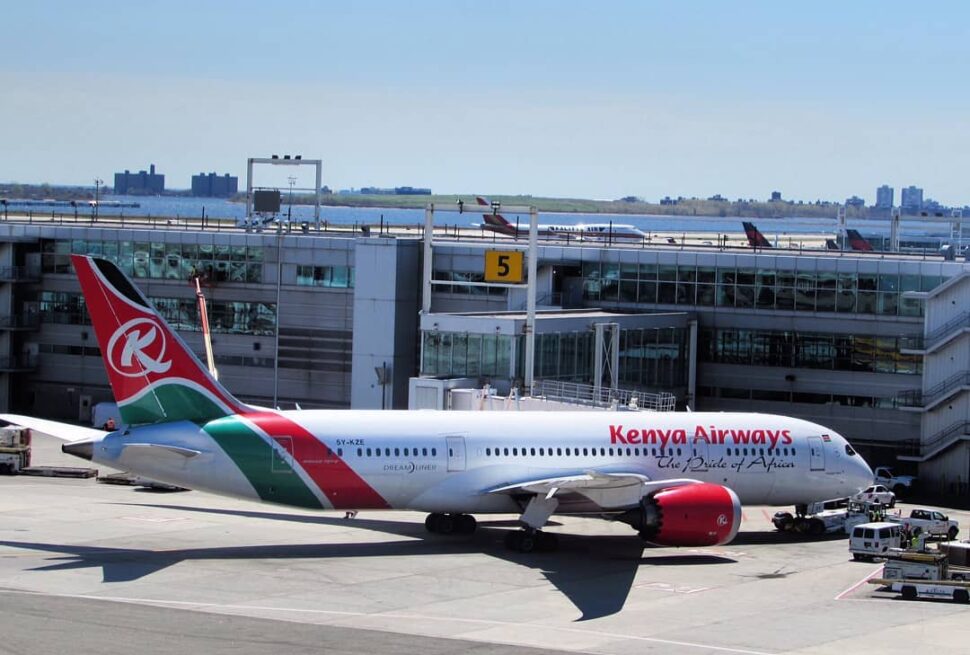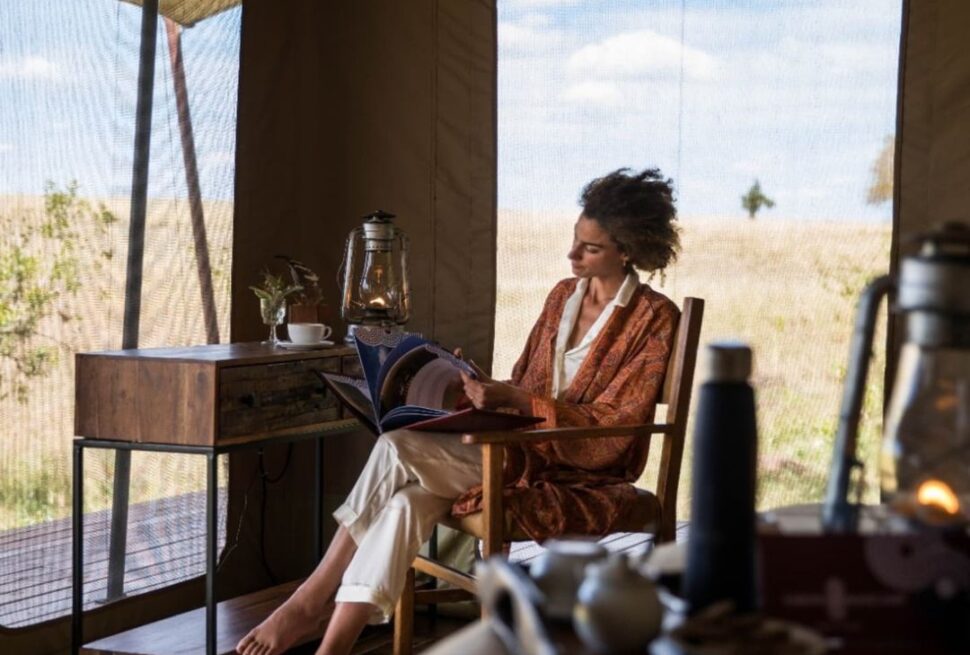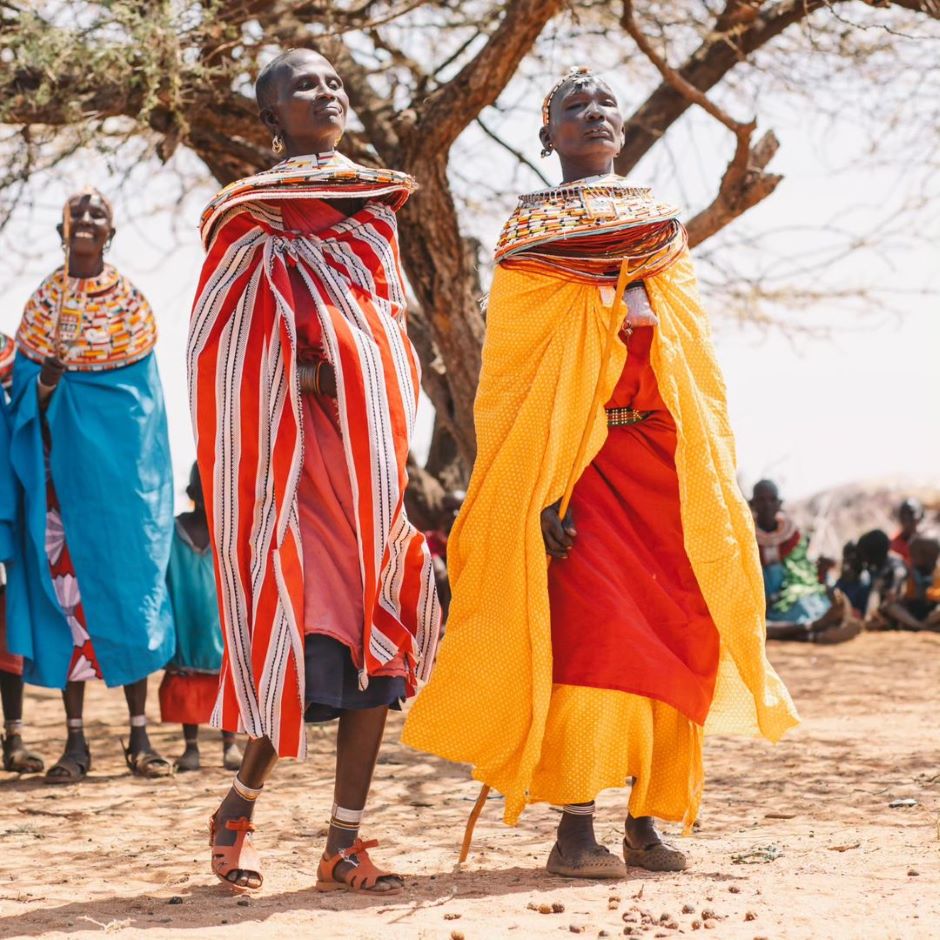
In Maasailand, the daily life of a Maasai woman is a vivid illustration of both traditional roles and enduring responsibilities. Whether she is tending livestock, carrying a child while breastfeeding, collecting firewood, fetching water, or constructing and repairing a manyatta (traditional dwelling), her presence is essential to the community.
Despite these demanding tasks, she also practices beadwork, a cultural skill passed down through generations. The challenges she faces are shaped by her environment and a patriarchal society, resulting in what is known as the “triple burden”: managing reproduction, production, and social responsibilities. This description is based on qualitative research conducted between December 27th and 30th, 2010, in the Maasai villages of Ole Sokorte, Lodariek, and Ngon’g Hills in Kajiado North.
The Manyatta: A Symbolic and Practical Structure
The manyatta, an oblong, grass-thatched structure, serves as both a home and a cultural symbol for the Maasai. While Maasai society is predominantly patriarchal, where men dominate decision-making, the manyatta holds significant symbolic value for women.
Women are primarily responsible for building the manyatta, often with some help from co-wives, though sometimes alone. This structure is not just a dwelling but a representation of the woman’s moral standing in Maasai society and serves as a central social and cultural hub.
Inside the Manyatta: Gender Roles and Social Structure
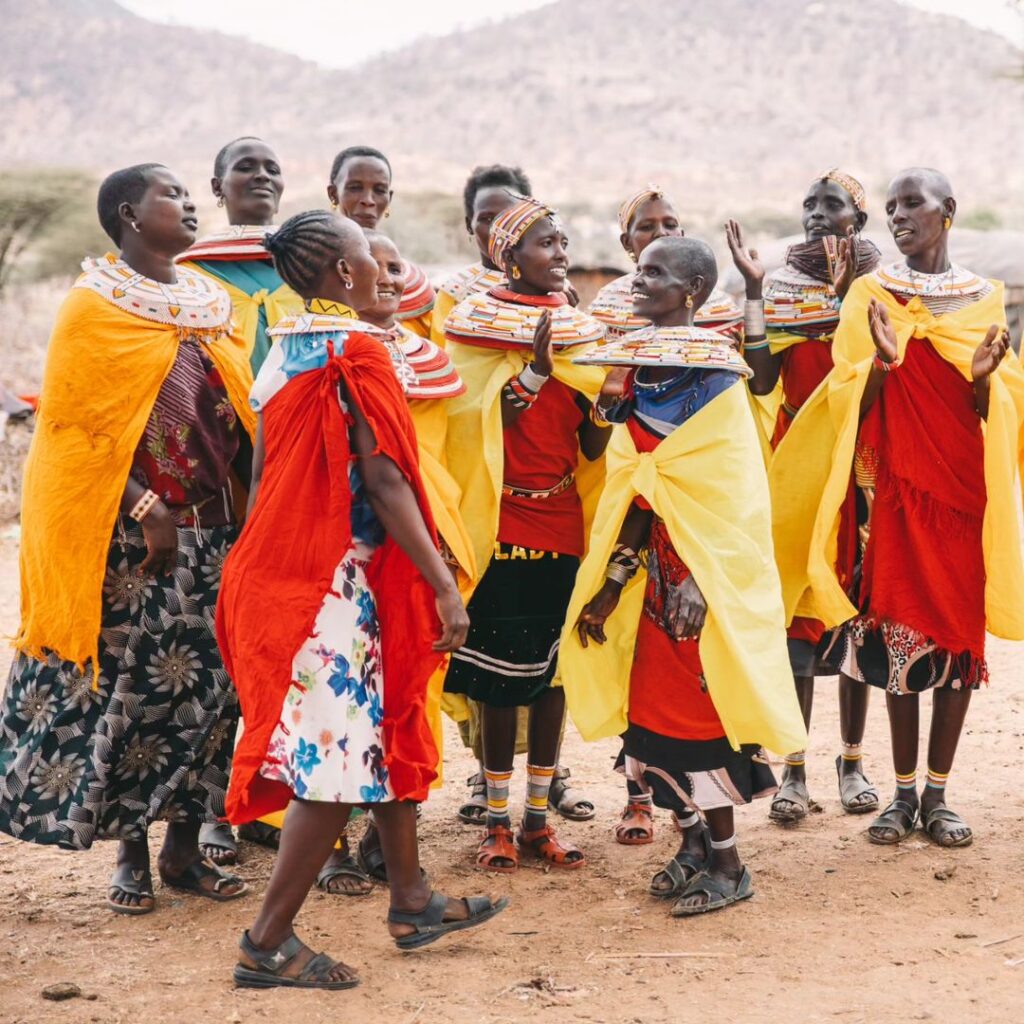
An examination of the manyatta reveals the pivotal role of Maasai women, despite their contributions often being underappreciated. The manyatta typically includes at least six distinct areas: a central room that functions as both a living space and kitchen, a larger bed for the male head of the household, a smaller bed for the woman and young children, a room for young, unmarried men, and separate spaces for calves and kids. A storage room completes the manyatta. This layout highlights the central role women play in maintaining the household and upholding social norms, even though their roles are often taken for granted.
Economic Contributions and Empowerment
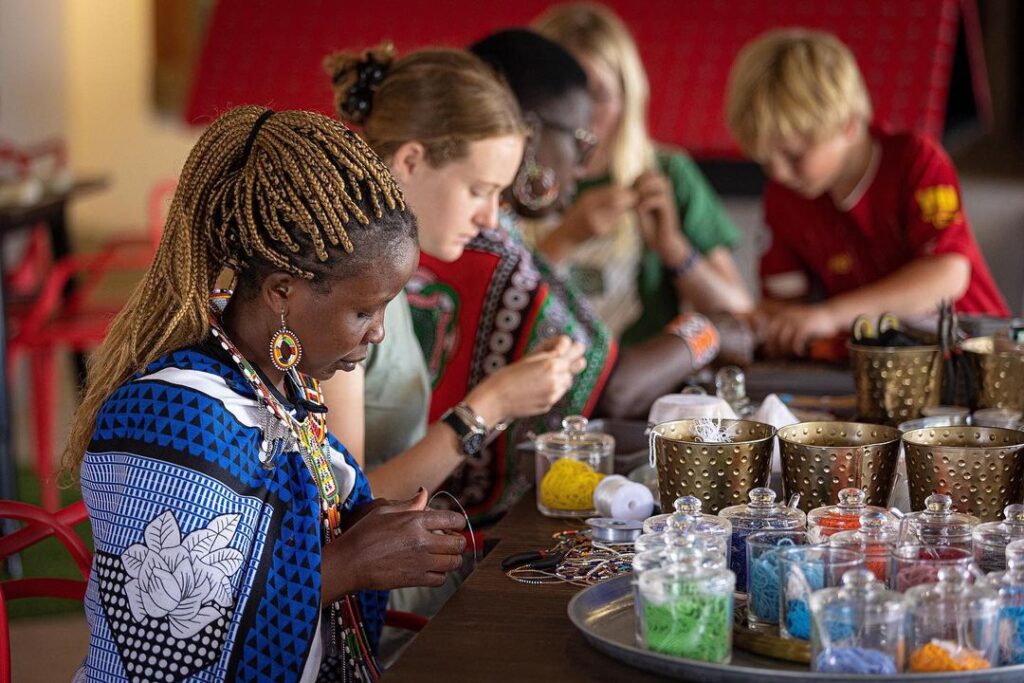
Despite facing limitations in land ownership and resource control, Maasai women demonstrate remarkable resilience and entrepreneurial spirit. They engage in activities such as charcoal burning and beadwork, which are both economically and culturally significant.
The Guardian of the horns has supported these women by providing opportunities for economic empowerment, allowing them to assert their rights and improve their roles within their communities. This support has led to advancements in their economic status and educational opportunities for their children. Maasai women continue to make substantial contributions and advocate for their development, balancing traditional roles with modern aspirations.
Would you want to be in a similar environment and learn more about the maasai women and the maasai community. We have a maasai mara cultural safari package that can suite you.

